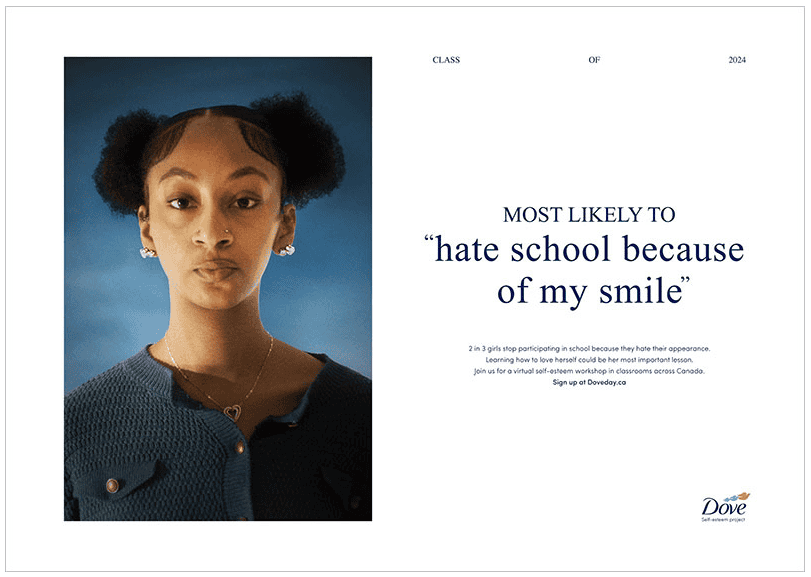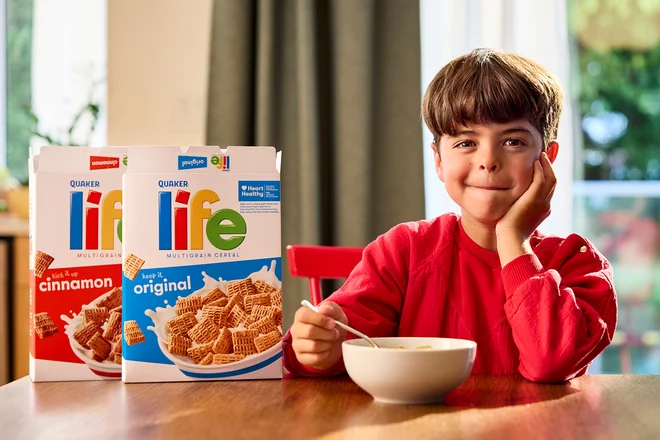I was scrolling through Ad Age and just saw their article about a new ad for Dove Canada’s new initiative addressing body image and anxiety in high schoolers. The ad impressed me. I’m not surprised since it comes from the minds of those at Ogilvy, but I had to take the time to think, dwell, rant (in writing form), and address a certain area of marketing that maybe we in the industry take for granted.
It’s called empathetic marketing and while marketing at its core is about addressing pain points and empathizing with your target audience, it got me thinking—has empathy become so business-driven that we’ve begun to lose the humanity around helping our consumers?
Watching this ad has a 13 Reasons Why vibe, but it captures exactly what the show does. Think back to your high school days. Dated textbooks, blurry projectors, lockers that always seemed to jam by the end of the day, and the excited hustle and bustle of kids leaving after being stuck in the town’s local learning center for all of six hours. How many of those kids struggled with body image? How many of those kids had anxieties around the way they looked, spoke, and acted? How many got help?
Ogilvy and Dove Canada absolutely nailed this because I felt something. I get it, their ultimate goal is to sell body wash, but this ad was so much more important. It was visceral, it was emotive, and it was empathetic.
Me, as an almost 30-year old, could literally be in the high school classroom on screen imagining the confusion and pain and longing for acceptance those high schoolers were experiencing.
F*ck, that’s powerful.
Is Empathetic Marketing a Real Term?
Yes. Let’s get into it.
Merriam-Webster defines empathy as, “the action of understanding, being aware of, being sensitive to, and vicariously experiencing the feelings, thoughts, and experience of another.” In our common vernacular, we’d say “stepping into someone else’s shoes.”
Successful empathetic marketing does translate to an overall marketing effort. Take one of our clients, a plastic surgeon focused on improving the quality of life for their patients. They understand that people want to improve their appearance, either because of age, medical conditions, or accidents. Their goal is to deliver great service and results so their patients feel better about how they look. (Check out our case study for Virden MD here.)
But if Dove Canada’s ad tells us anything, it’s that there may not be a limit to empathy. To truly build trust in your brand, it takes a concerted effort to identify and literally put your target audience into your brand. According to PWC, businesses think highly that consumers trust their brand. The reality is only 30 percent of people have a high-level of trust in companies.
I think the message is simple—connect with your audience on a human level. Make them see the benefit not on a web page or in a TikTok video, but in their mind. If people want to trust brands but don’t know where to turn, then be that brand.

















